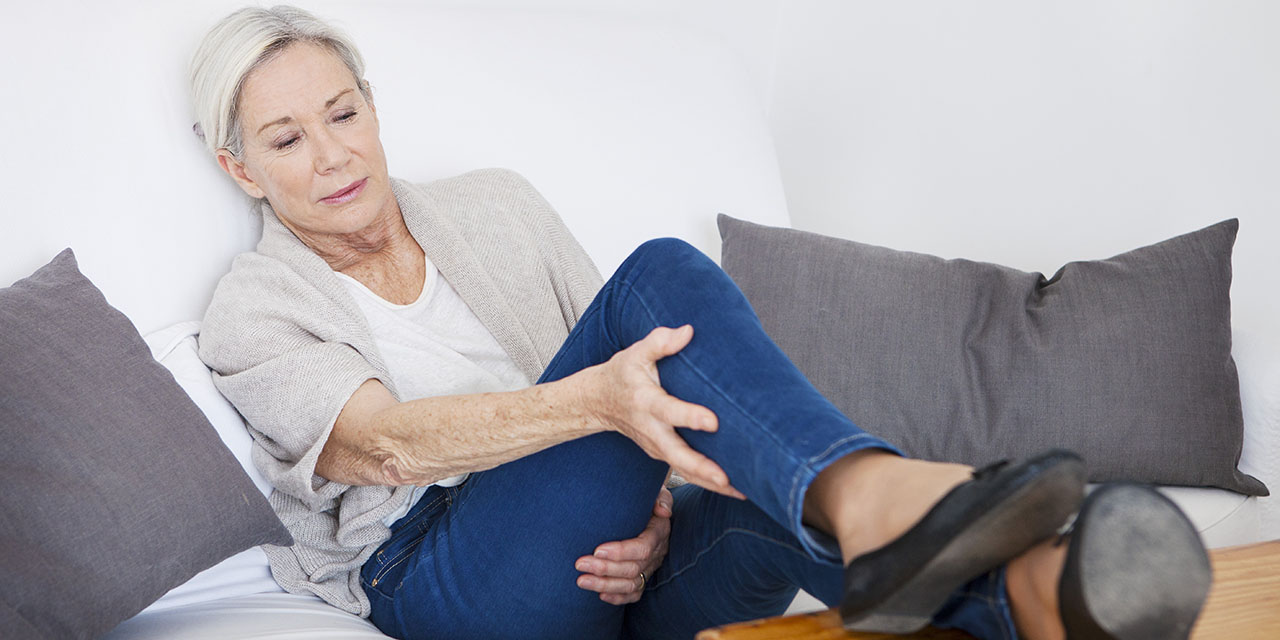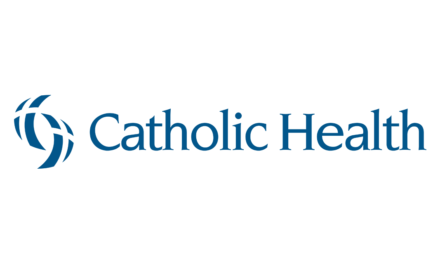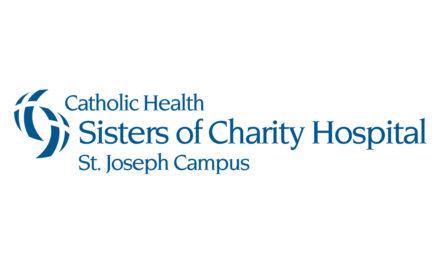If your legs occasionally ache, it could just be that your muscles are tired from a strenuous workout. But if that pain persists, it may be time to talk to your doctor. Chronic leg pain is a primary symptom of peripheral artery disease (PAD), a common and treatable condition in which narrowed arteries reduce blood flow to your limbs and can threaten your heart.
The American Heart Association estimates that about 8 million people have PAD, which is caused by atherosclerosis, the build-up of a fatty substance in the peripheral arteries. The condition most frequently affects the arteries that supply blood to the legs and can often be controlled or reversed. That’s why it’s important that you don’t ignore leg pain that doesn’t go away.
Symptoms of Peripheral Artery Disease
- Cramping in the hips, thighs or calves when walking or exercising that goes away with rest. Pain occurs in the muscles, not in the joints.
- Leg pain that continues even while at rest. This is a sign of advanced PAD.
- Numbness, tingling and cold feet, especially in bed.
- Wounds on the feet or toes that don’t heal or heal very slowly.
- Redness or color changes of the skin, or skin that feels cool.
If you’re over the age of 50 and experiencing any of these symptoms, contact your doctor.
To Find a Vascular Specialist Near You
Call (716) 706-2112
To Find an Vascular Specialist Near You Call (716) 706-2112
Some people have almost no symptoms or attribute pain to normal aging or diabetic neuropathy. That’s why PAD often goes undiagnosed, which can be dangerous. Untreated peripheral artery disease can lead to severe leg pain, serious tissue damage or even amputation. People with PAD are also at an increased risk of coronary artery disease, heart attack, and stroke.
Once diagnosed, doctors will recommend heart-healthy lifestyle changes, such as improving your diet, increasing your physical activity and quitting smoking. If PAD persists, you may be prescribed medication. For severe peripheral artery disease, your doctor may also recommend endovascular treatments that are similar to those used to treat heart disease.
Copyright 2020 © Baldwin Publishing, Inc. All rights reserved.
Health eCooking® is a registered trademark of Baldwin Publishing, Inc. Cook eKitchen™ is a designated trademark of Baldwin Publishing, Inc. Any duplication or distribution of the information contained herein without the express approval of Baldwin Publishing, Inc. is strictly prohibited.
Date Last Reviewed: August 16, 2017
Editorial Review: Andrea Cohen, Editorial Director, Baldwin Publishing, Inc. Contact Editor
Medical Review: Perry Pitkow, MD
Learn more about Baldwin Publishing Inc. editorial policy, privacy policy and sponsorship policy.
No information provided by Baldwin Publishing, Inc. in any article is a substitute for medical advice or treatment for any medical condition. Baldwin Publishing, Inc. strongly suggests that you use this information in consultation with your doctor or other health professional. Use or viewing of any Baldwin Publishing, Inc. article signifies your understanding and agreement to the disclaimer and acceptance of these terms of use.





